Get bigger and better pumpkins by planting them with these 7 companion crops
Plus, discover what not to plant with your pumpkins
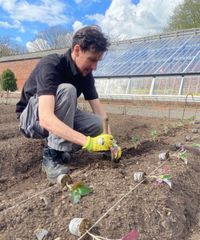

Pumpkins will always grow best when given the ideal environment in which to thrive, and that includes giving them the best companion plants. This guide highlights some of the best vegetables, flowers, and herbs you can use for companion planting pumpkins.
The best location to grow pumpkins will be a sunny and protected spot, in fertile and well-draining soil. When planning your vegetable garden, there are benefits to picking companion plants that won't compete for nutrients, but will repel common pumpkin pests and attract pollinators to boost your yield.
I have grown pumpkins for many years; they always featured in the kitchen gardens I worked in and have a place on my home allotment plots. To get the best crop, I tried different companion plants over the years to keep my pumpkins healthy. Here I reveal seven great options for companion planting pumpkins, as well as the plants you shouldn’t have next to your pumpkins.
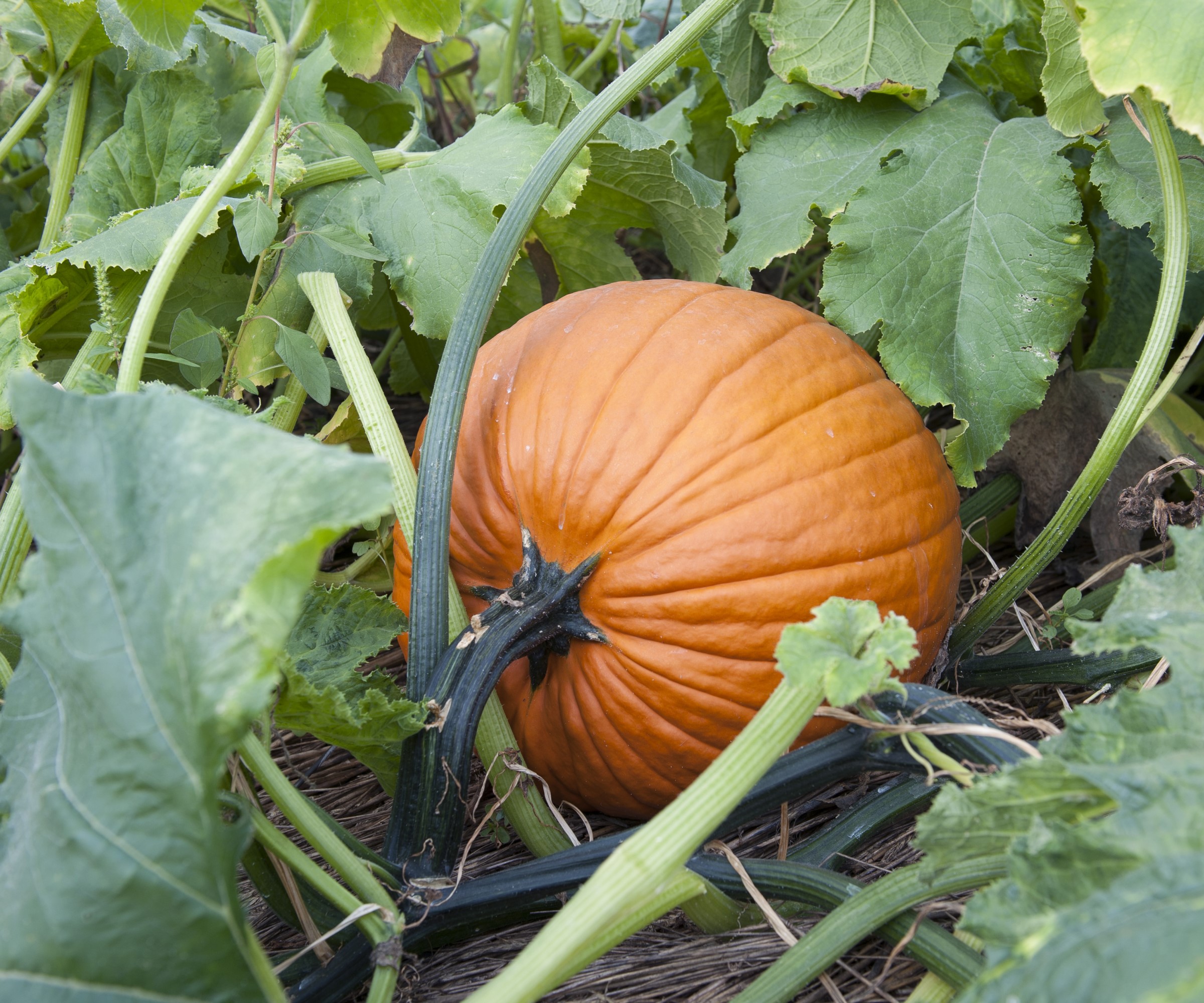
7 top plants for pumpkin companion planting
Companion planting is an amazing natural method for having prosperous pumpkins and fewer pest problems. You should consider adding these to your vegetable garden ideas and planting them near your pumpkin plants each growing season.
Sunflowers
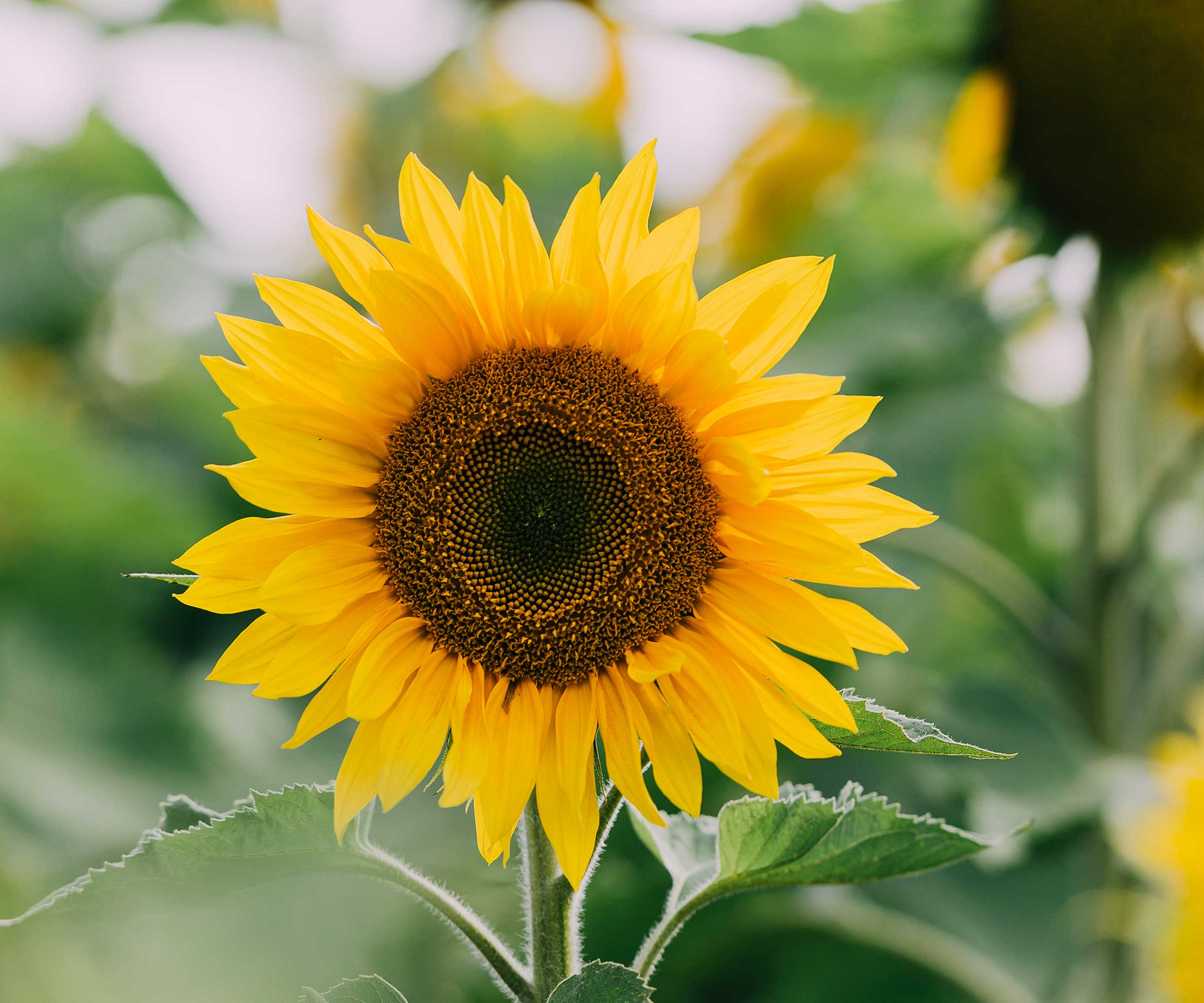
Mixing flowers and vegetables can not only look glorious, but also offer fantastic companion planting benefits from which both plants reap the rewards. Companion planting pumpkins with sunflowers might sound peculiar, but hearing why it works so well might win you around.
Sunflowers guarantee you lots of pumpkins to pick. This is because their flowers attract bees and other pollinators in droves, which will help to pollinate your pumpkin plants.
It is important with this double act to pick the right spot to plant pumpkins and sunflowers. Keep the sunflowers around the edges of the pumpkin patch, so they will not compete for water and nutrients. Also, plant tall sunflower varieties on the north side to prevent the sunflowers from shading the pumpkins.
Design expertise in your inbox – from inspiring decorating ideas and beautiful celebrity homes to practical gardening advice and shopping round-ups.
To combat potential issues, you can plant dwarf sunflowers that will not cast lots of shade but also act as great plants for pollinators.
Discover the range of sunflower seeds at Amazon
Discover the range of sunflower seeds at Walmart
Discover the range of sunflower seeds at Burpee
Discover the range of sunflower seeds at True Leaf Market
Beans
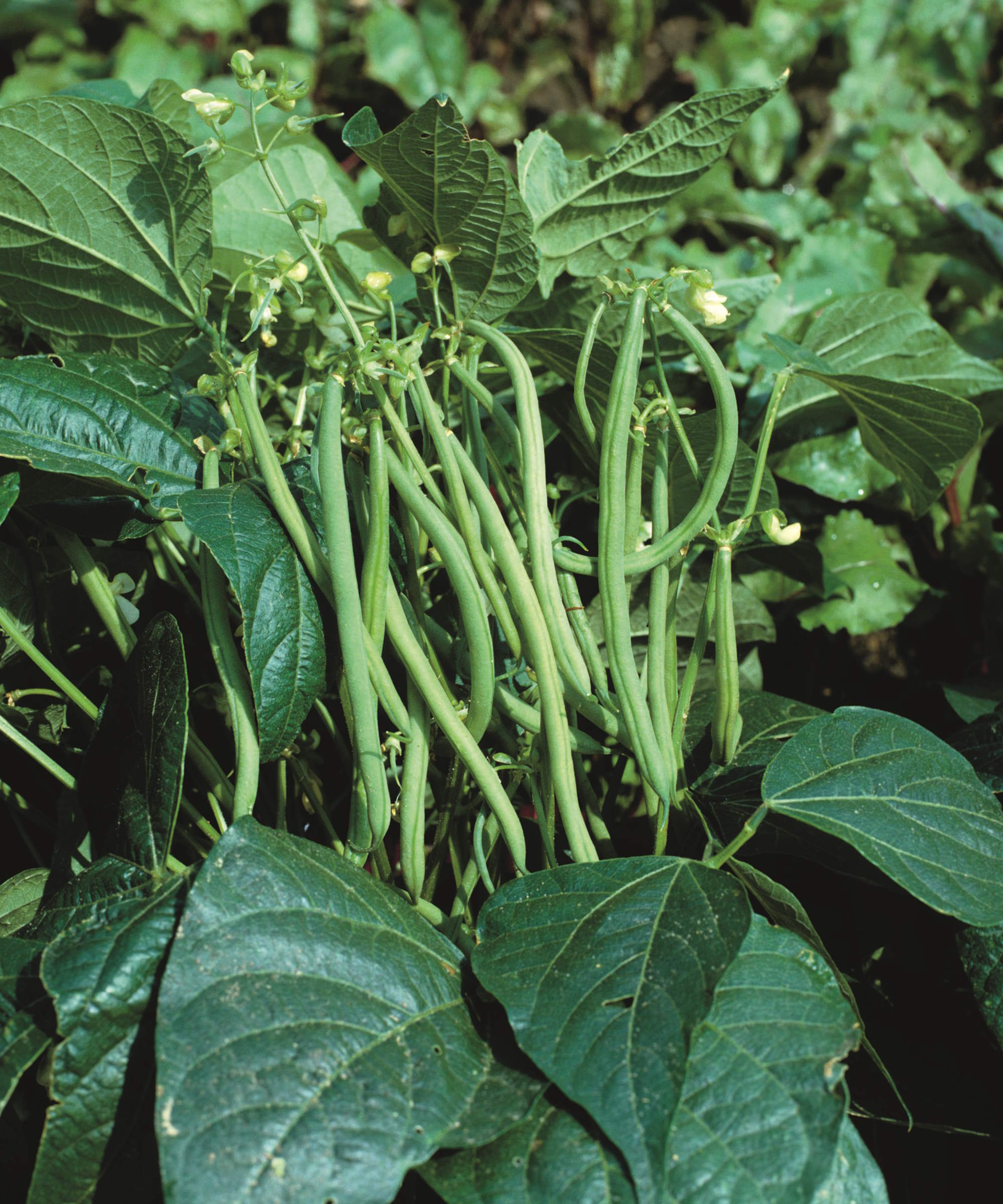
Beans help pumpkins grow stronger and healthier by providing essential nutrients throughout the growing season.
As legume crops, beans fix nitrogen in the soil, taking it out of the air and releasing it back into the soil in a usable way that the pumpkins take advantage of. As pumpkins are heavy feeders – and you do need to fertilize pumpkins regularly during the season – any additional natural nutrients they can get are hugely helpful.
Beans and squash are two of the famous 'Three Sisters' companion planting scheme, and growers have been partnering up these two crops (plus corn) for centuries. And you can easily substitute pumpkins for squash in that system.
The pumpkin vines provide shade for the roots of other plants and suppress weeds. It does this while taking nitrogen from the beans and using the corn as a natural trellis to climb.
You can choose whether to grow pole beans or bush beans with pumpkins, while growing peas also offers the same nutrient-fixing benefits. For the 'Three Sisters' method, pole beans are beneficial as they climb the corn stalks.
Discover the range of beans to plant at Amazon
Discover the range of beans to plant at Walmart
Discover the range of beans to plant at Burpee
Discover the range of beans to plant at True Leaf Market
Chamomile
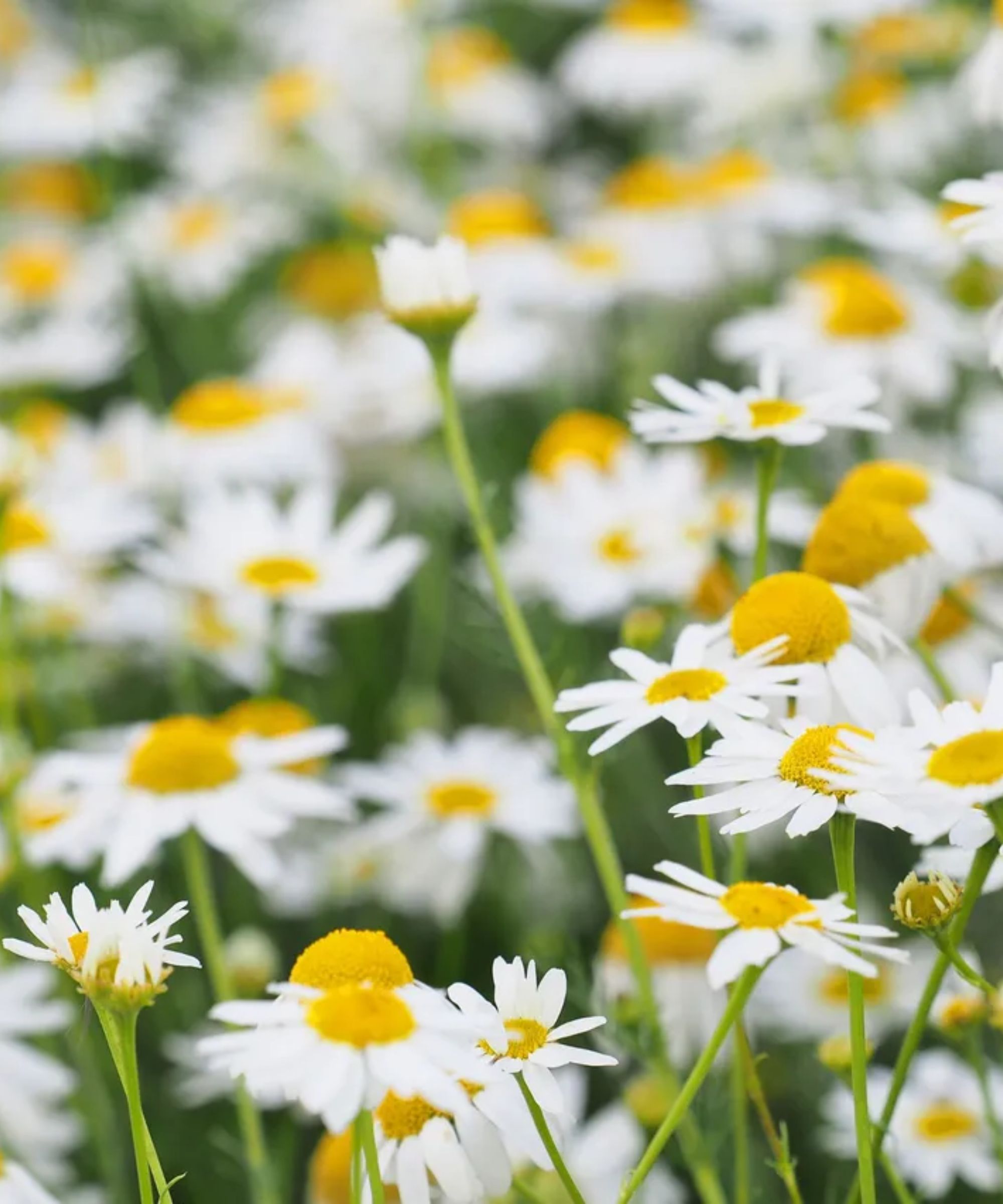
Growing chamomile with pumpkins helps to boost the yield and combat potential pest problems.
Chamomile attracts beneficial pollinators and natural predators that help deal with pest populations. The hoverflies and predatory wasps that flock to chamomile eat aphids, whiteflies, leafhoppers, and beetles to keep pumpkin plants pest-free.
The aromatic herb is also known to replenish nutrients such as potassium and calcium in the soil. These nutrients aid in developing and ripening fruits, as well as preventing blossom end rot in pumpkins caused by a calcium deficiency.
As well as chamomile, using oregano or hyssop to companion plant pumpkins will also attract natural predators.
Get chamomile seeds to sow at True Leaf Market
Marjoram
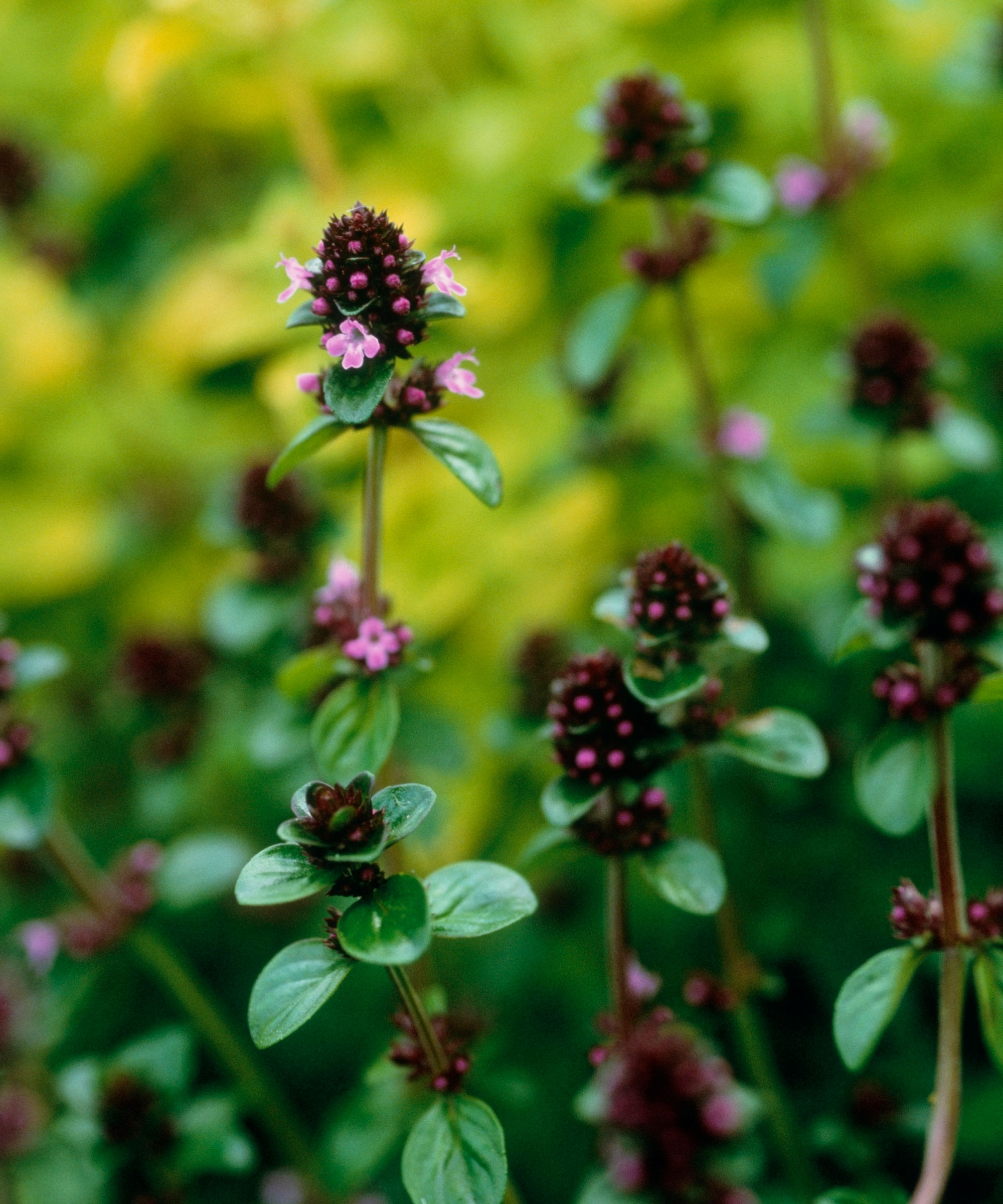
Marjoram is a fantastic aromatic perennial herb that attracts pollinators and is popular in Mediterranean cooking.
The legend among gardeners is that growing marjoram improves the flavour of nearby pumpkins, but potentially the biggest benefit is that it repels one major pumpkin pest.
Marjoram repels squash bugs, which can suck sap from the vines, cause yellow pumpkin leaves, and lead to wilting plants as they rob nutrients from the plant. Squash bugs heavily dislike the strong scent of marjoram, so they steer clear.
Either plant marjoram through your pumpkin plants, or grow herbs in pots and arrange them around the edge of your pumpkin patch.
Get marjoram seeds at Amazon to sow
Radish
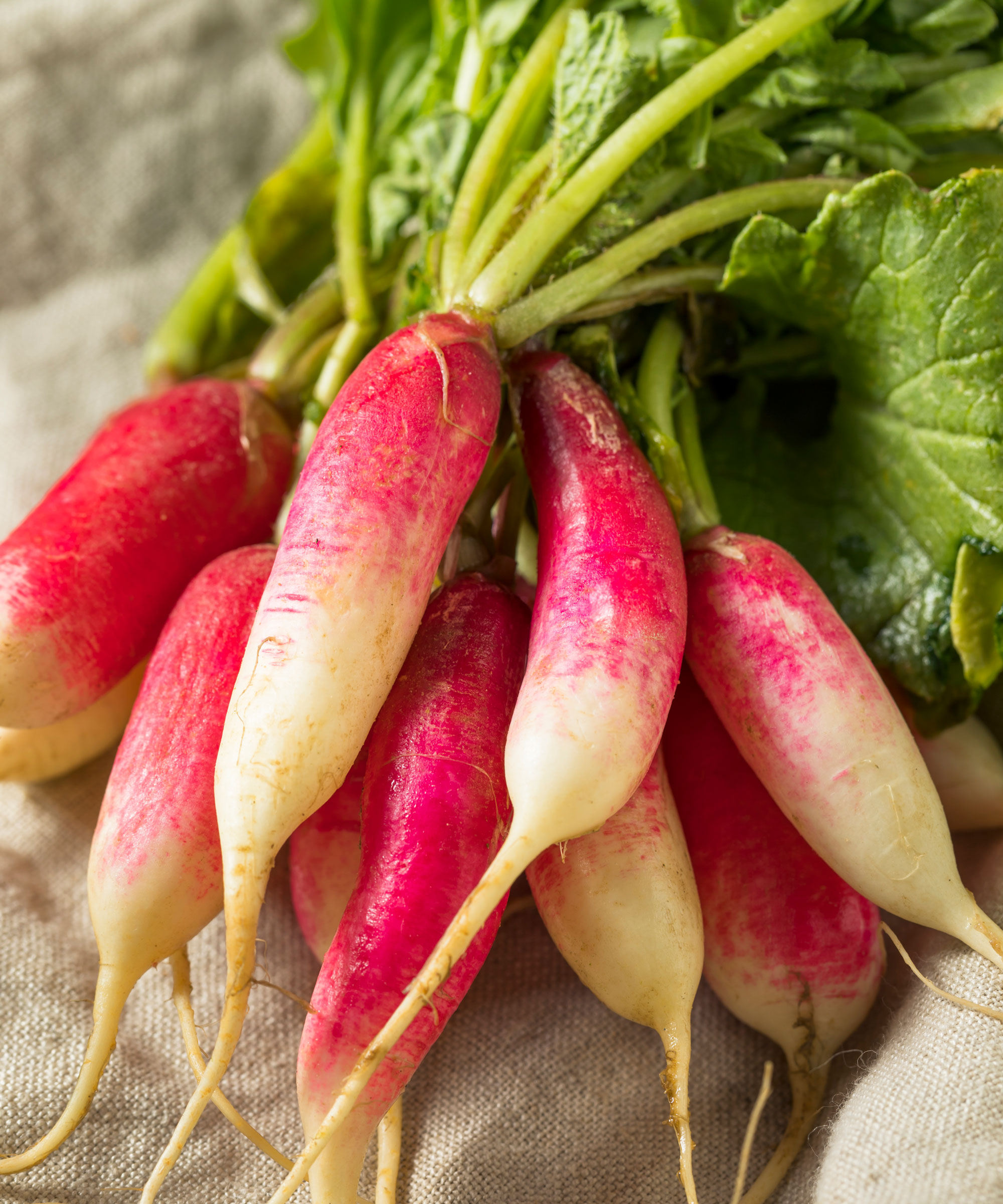
By companion planting pumpkins with radishes, you combat the threat of two key pests in particular.
Firstly, radishes deter squash vine borer. Planting radishes among your pumpkin plants protects your crops from this troublesome pest, which causes great damage as it feeds on the leaves and stems.
Plus, flea beetles target pumpkin plants. To prevent this, growing radishes acts as a trap plant for pest control, and the flea beetles will be lured to the root crop rather than the pumpkins.
See the range of radish seeds at Amazon
See the range of radish seeds at Walmart
See the range of radish seeds at Burpee
See the range of radish seeds at True Leaf Market
Nasturtium

Growing nasturtiums as companion plants for pumpkins helps keep crops pest-free.
They make fantastic edible plants – the leaves and flowers can offer peppery notes to salads – while there are real merits to using nasturtiums for pest control in any vegetable garden.
Nasturtiums can deter squash bugs, cucumber beetles, Mexican bean beetles, Colorado potato beetles, and more, while acting as a trap plant for aphids, flea beetles and whiteflies, among others.
The bright blooms of nasturtiums also attract natural predators, including hoverflies, ladybugs, and lacewings, that can help deal with pest populations.
See the range of nasturtium seeds at Amazon
See the range of nasturtium seeds at Walmart
See the range of nasturtium seeds at Burpee
See the range of nasturtium seeds at True Leaf Market
Catnip
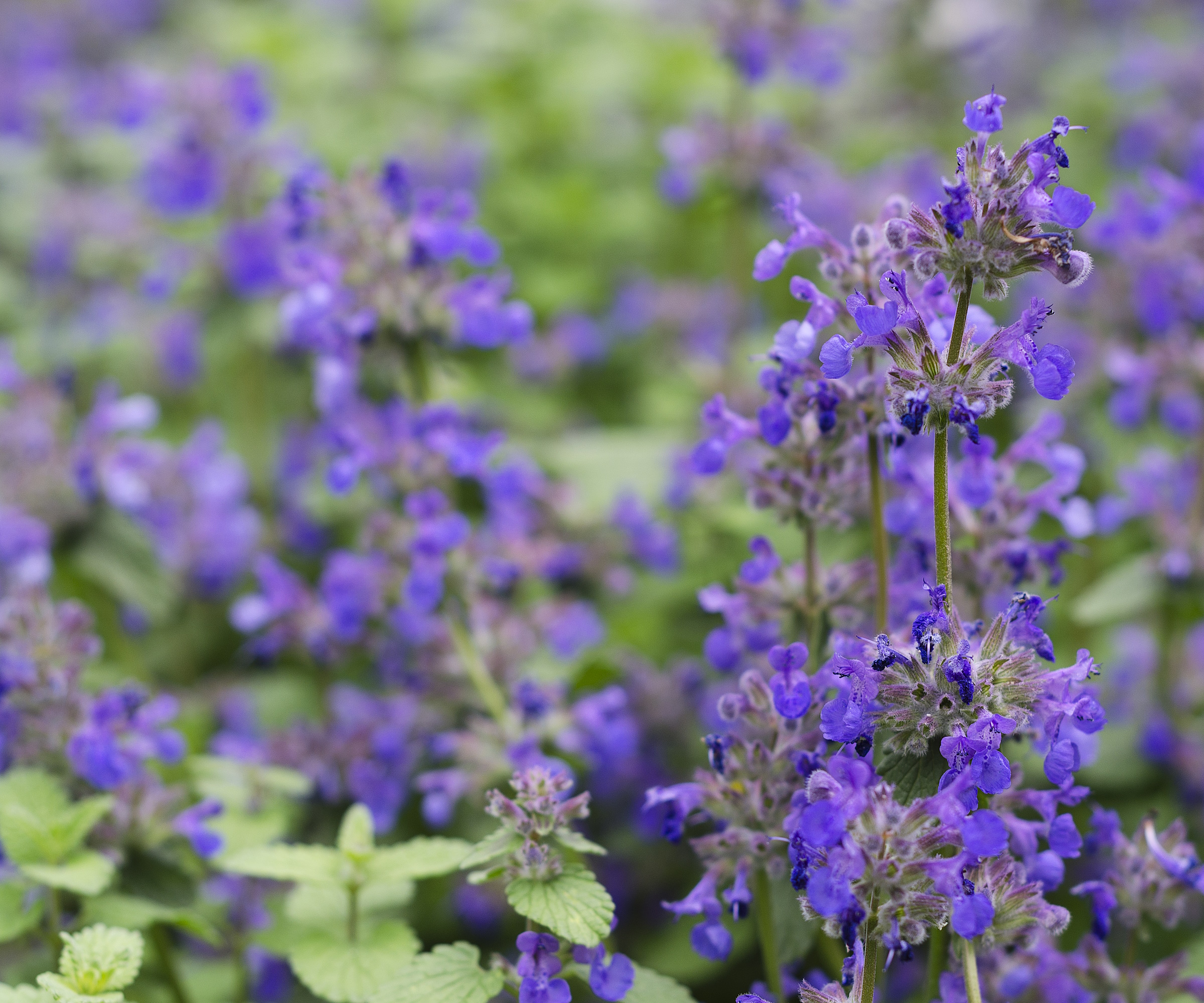
Catnip is best known for attracting love from cats, but what isn’t widely recognised is how effective the herb is at repelling squash bugs.
It contains nepetalactone, a potent repellent that causes a painful reaction in many garden pests. Besides squash bugs, insects such as flea beetles, flies, and mosquitoes are also deterred by the natural pest-repelling properties of catnip.
Catnip makes an attractive addition to any space and also attracts lots of pollinators into a garden.
Get live catnip plants at Amazon to plant in your garden
Bad companion plants for pumpkins

There are lots of beneficial options for companion planting pumpkins. However, some others can hamper your crop. Avoid any companion planting mistakes that come from having these vegetables near your pumpkin plants.
- Potatoes - this is a heavy feeding crop that takes lots of nutrients out of the soil. Growing potatoes will mean the two crops compete for water and nutrients, and it can leave your pumpkin plants short
- Cucurbits - planting other cucurbits, including the likes of melons, cucumbers, and squash, close to pumpkins increases the risk of pests and diseases. The plants can also cross-pollinate, which will be an issue if you want to collect seeds.
- Brassicas - having brassicas like cabbage, broccoli, kale, or Brussels sprouts next to your pumpkin plants can impact the nutrients available to the pumpkins, as these brassicas are heavy feeders.
I mentioned the 'Three Sisters' planting system earlier, and corn, which is one of the crops associated with this method, deserves a noteworthy mention here.
Companion planting pumpkins with corn can offer the former the benefit of shade, wind protection, and a natural trellis for the vines to climb.
But, in that system, the pumpkin also offers a lot as a corn companion plant by providing ground cover that suppresses weeds, reduces moisture loss in the soil, and shades the corn’s roots from the sun.
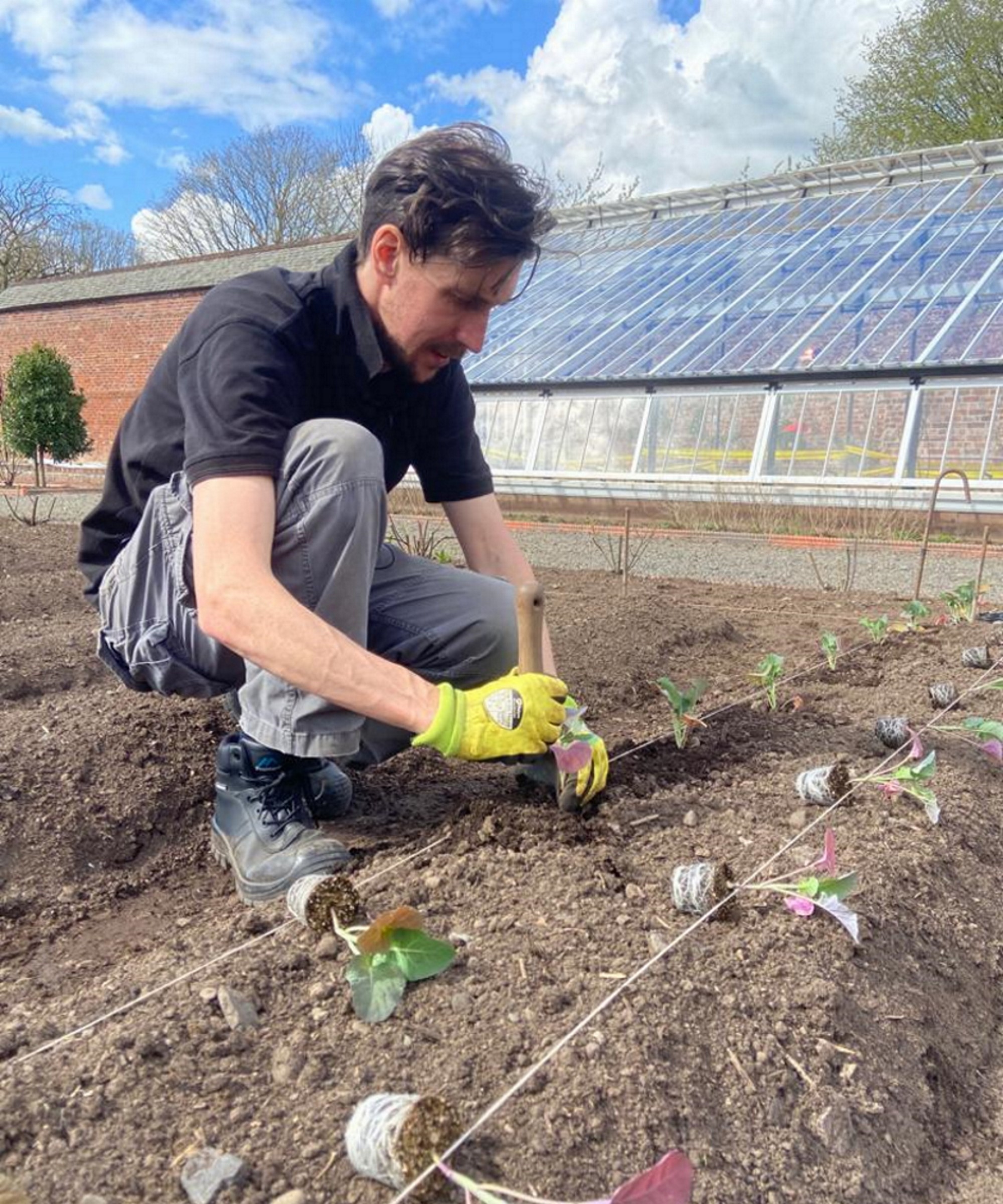
Drew has worked as a writer since 2008 and was also a professional gardener for many years. As a trained horticulturist, he worked in prestigious historic gardens, including Hanbury Hall and the world-famous Hidcote Manor Garden. He also spent time as a specialist kitchen gardener at Soho Farmhouse and Netherby Hall, where he grew vegetables, fruit, herbs, and cut flowers for restaurants. Drew has written for numerous print and online publications and is an allotment holder and garden blogger. He is shortlisted for the Digital Gardening Writer of the Year at the 2025 Garden Media Guild Awards.